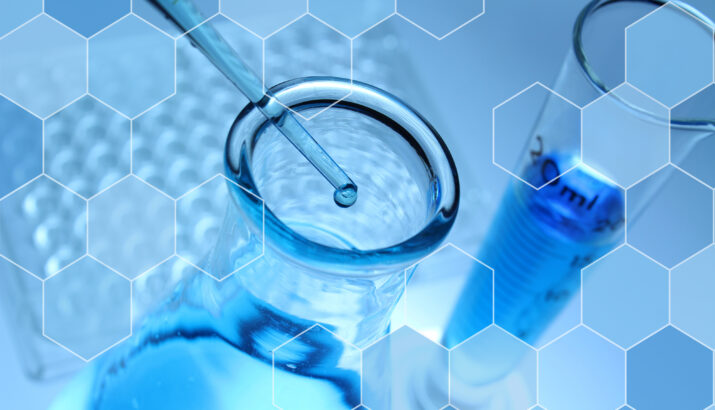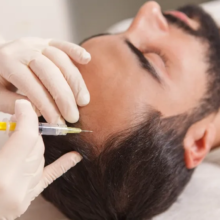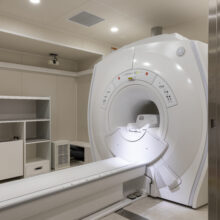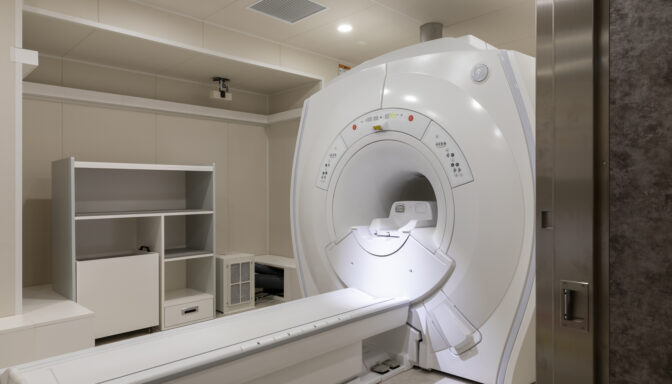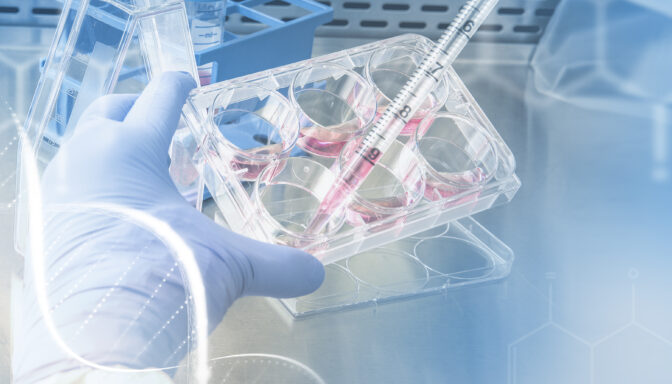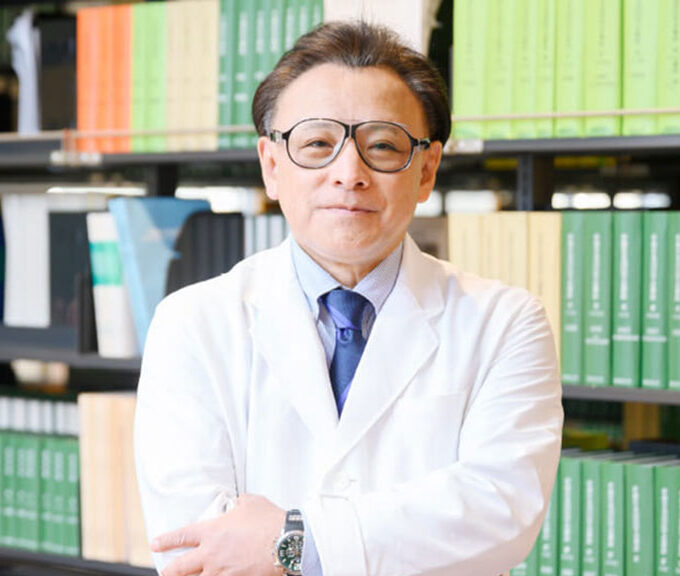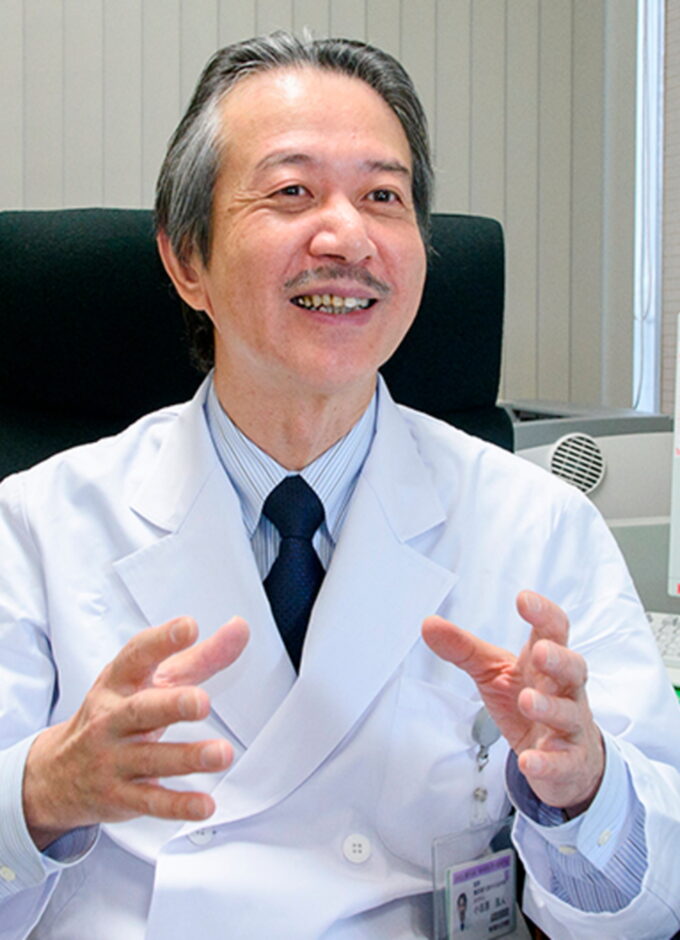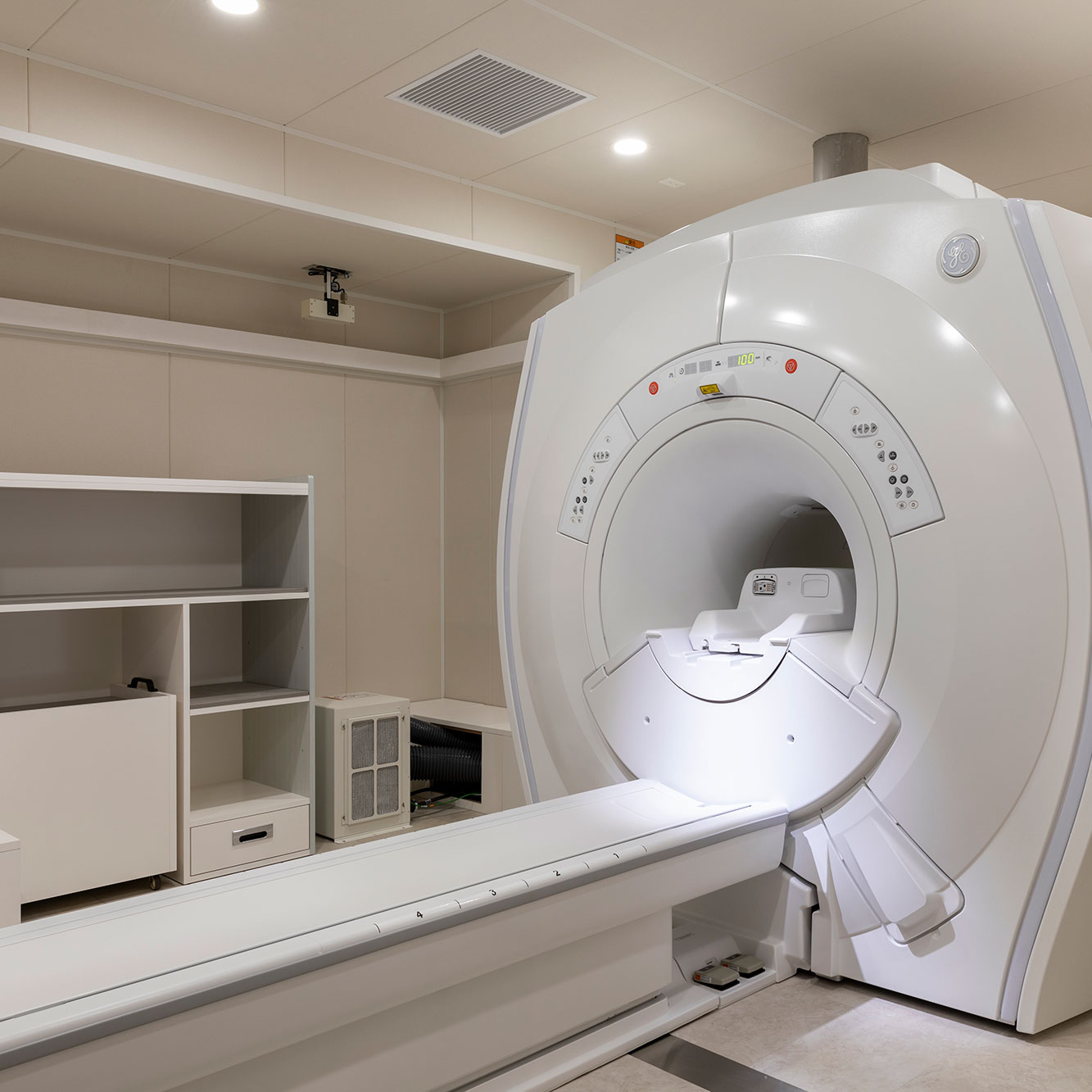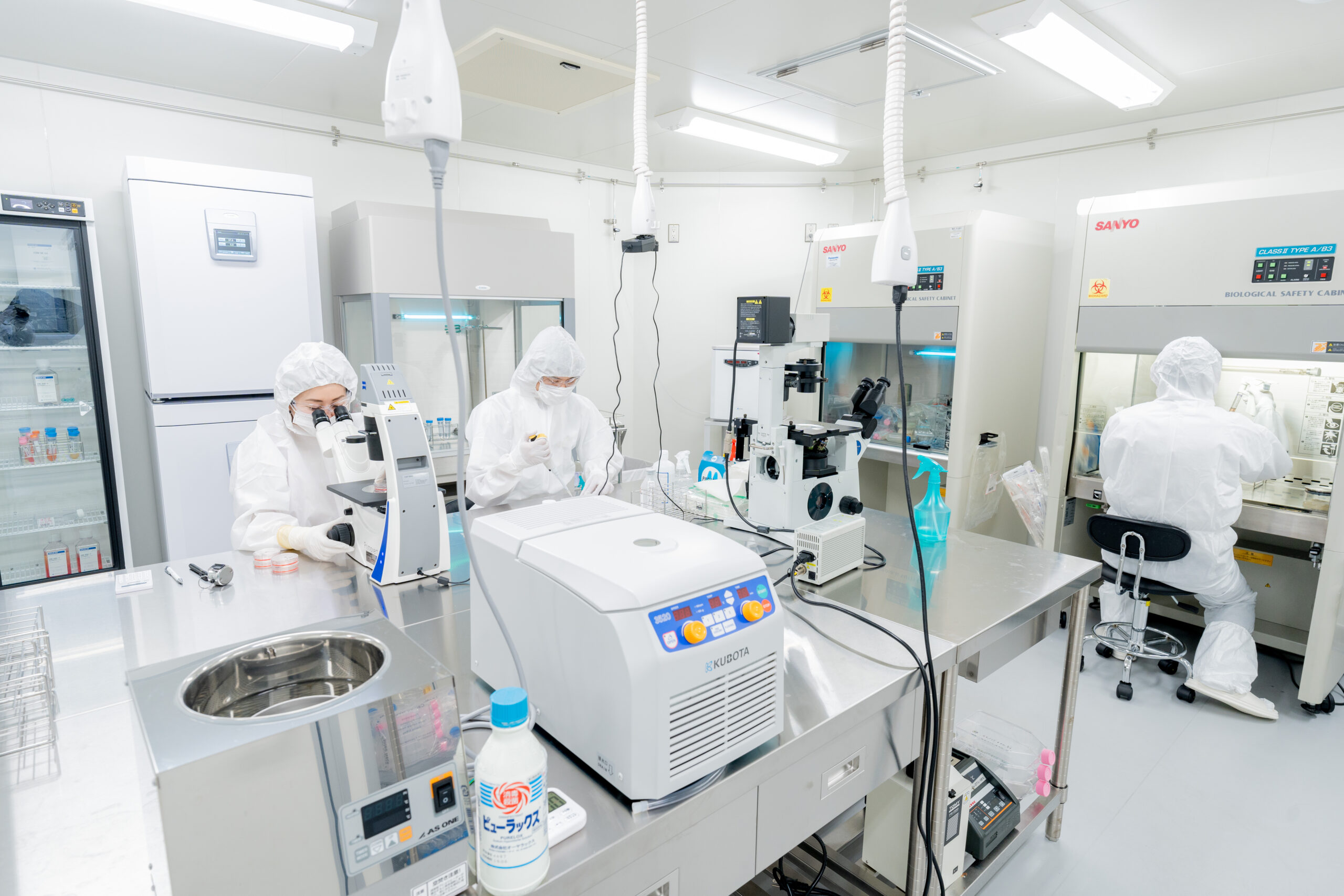“Does exosome treatment really work?”
“I heard some people say they didn’t feel any effects.”
“What if I pay a high treatment cost and see no results?”
“I’ve heard of cases where exosome treatment caused fatalities…”
Are you interested in exosome treatment but have such concerns? While exosomes are expected to provide many benefits such as skin rejuvenation and improvement, there are also reports from some patients claiming “Exosomes didn’t work.” In this article, we will explain why exosomes are misunderstood and provide accurate information about them.
What Are Exosomes?
Exosomes are small membrane vesicles, 30-150 nanometers in diameter, secreted by cells, and play a crucial role in intercellular communication. These vesicles carry molecules such as proteins, lipids, and RNA, and influence surrounding cells to regulate cell growth, differentiation, and repair. Research on exosomes is advancing, and they are expected to have applications in cancer, immune diseases, and regenerative medicine.
However, the idea that exosomes themselves produce revolutionary effects for beauty and rejuvenation is a misconception. Since exosomes function as a tool for information transfer, their effects greatly depend on the type and quantity of molecules they contain, as well as the state of the donor and recipient cells. Therefore, not all exosome treatments produce the same results in every case.
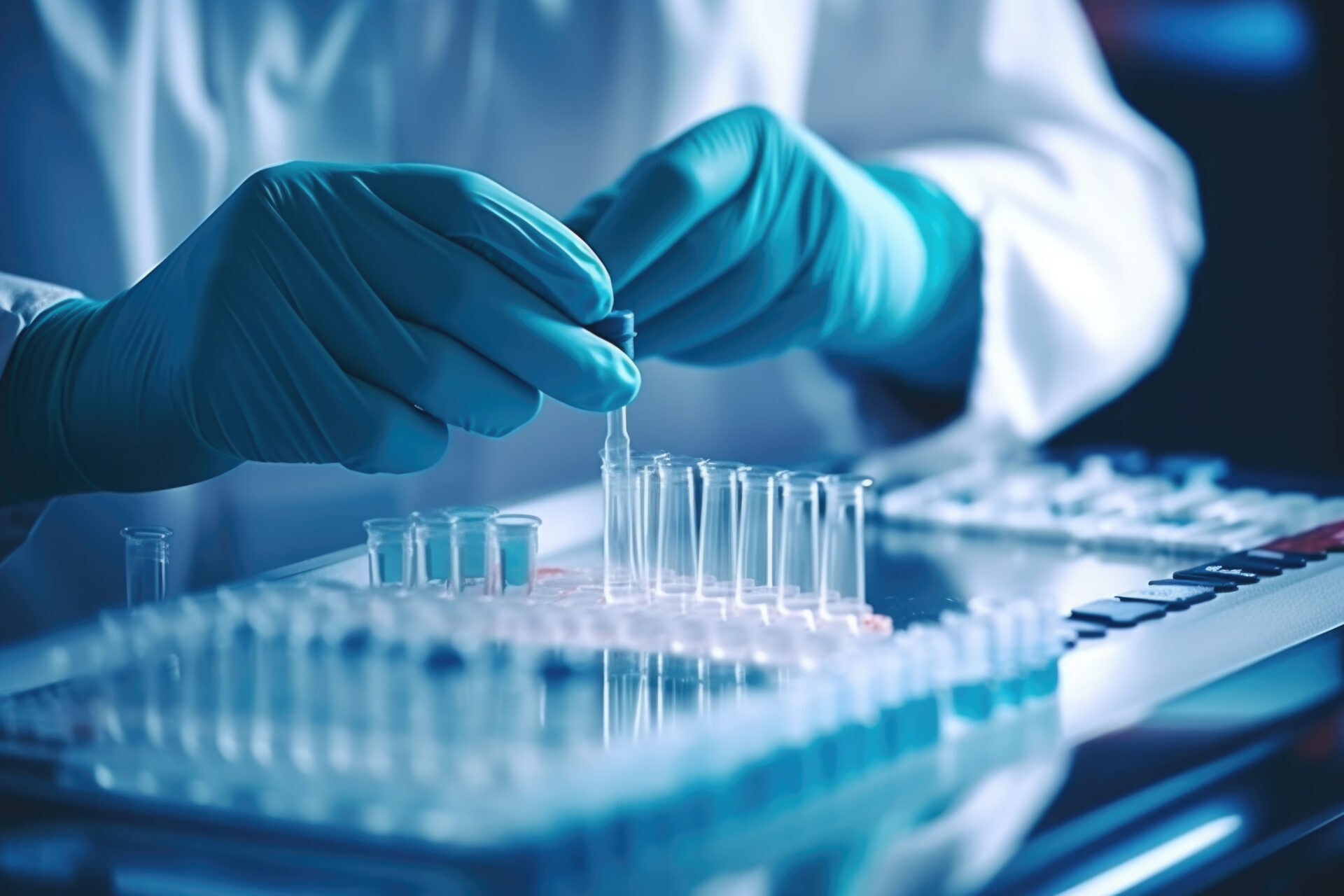
Misunderstandings and Issues with Exosomes
Recently, exosomes have been highlighted in the media and by beauty clinics as treatments for beauty and rejuvenation, spreading misconceptions about their effects. Here are the main issues explained in detail.
High Purity and Concentration Do Not Guarantee Effectiveness
While some clinics advertise high-purity or high-concentration exosomes, it does not necessarily mean they enhance the therapeutic effect. The effectiveness of exosomes depends on the type and amount of μRNA and proteins they contain. For example, if the μRNA needed for a particular treatment is missing, even high-concentration exosomes may not deliver the expected results. Therefore, it is crucial to evaluate the specific components and their suitability for the intended treatment rather than focusing solely on purity and concentration.
The Importance of Donor Cell Quality Management
Exosomes reflect the condition of the donor cells that produce them. If donor cells are healthy and normal, the exosomes are expected to carry beneficial information. However, if donor cells have abnormalities, these may be transmitted through exosomes. For instance, exosomes secreted by cancer cells might promote the malignancy of normal cells. Strict quality control of donor cells is therefore necessary. Without rigorous verification, increasing the concentration and purity of exosomes can carry risks.
Excessive Expectations Promoted by Advertising
Some beauty clinics and manufacturers overly promote the effectiveness of exosome-based treatments and charge high treatment fees. This can lead consumers to have unrealistic expectations, and when results fail to meet these expectations, disputes may arise. Additionally, a lack of scientific knowledge about exosome treatments makes consumers more susceptible to exaggerated advertisements. Providing appropriate information and explanations is essential.
What Is a Growth Factor?
Growth factors are proteins or peptides that promote cell growth, differentiation, and repair. These factors bind to specific receptors on cell surfaces and activate intracellular signaling pathways to regulate cell functions. In beauty and regenerative medicine, the following growth factors are particularly noteworthy:
Representative Growth Factors
- EGF (Epidermal Growth Factor): EGF promotes the growth and differentiation of epithelial cells, playing a key role in skin regeneration and repair. In the beauty field, it is used to reduce wrinkles and scars.
- FGF (Fibroblast Growth Factor): FGF enhances collagen and elastin production, improving skin elasticity. It also promotes wound healing and is used not only in cosmetics but also in the medical field.
- IGF (Insulin-like Growth Factor): IGF supports cell growth and differentiation, helping muscles and bones grow. It is expected to provide anti-aging and rejuvenation benefits in the beauty field.
The Mechanism of Growth Factors
Growth factors activate intracellular signaling pathways by binding to receptors, promoting cell proliferation, differentiation, and repair. For example, when EGF binds to its receptor, intracellular signaling pathways are activated, leading to cell growth and regeneration. This mechanism helps growth factors regulate cell functions and support tissue repair and regeneration.
Stem Cell Culture Supernatant and Exosomes
Stem cell culture supernatant contains many growth factors that work synergistically to enhance therapeutic effects. This supernatant is the liquid secreted during the cultivation of stem cells and is rich in components that promote cell growth and repair. Exosomes are also included in this supernatant, but it is important to note that the synergistic effects come from the diverse growth factor components in the entire supernatant, not just the exosomes.
Components of Stem Cell Culture Supernatant
Stem cell culture supernatant contains growth factors like EGF, FGF, and IGF, as well as cytokines and chemokines. These components play a critical role in cell growth, repair, and immune regulation, making them highly effective in beauty and regenerative medicine.
The Role of Exosomes
Exosomes are part of the stem cell culture supernatant and facilitate intercellular communication. By carrying growth factors, RNA, and proteins, exosomes regulate the functions of recipient cells, supporting tissue repair and regeneration. However, it is not the exosomes alone, but the balance of the various growth factors in the supernatant, that is key to effectiveness.
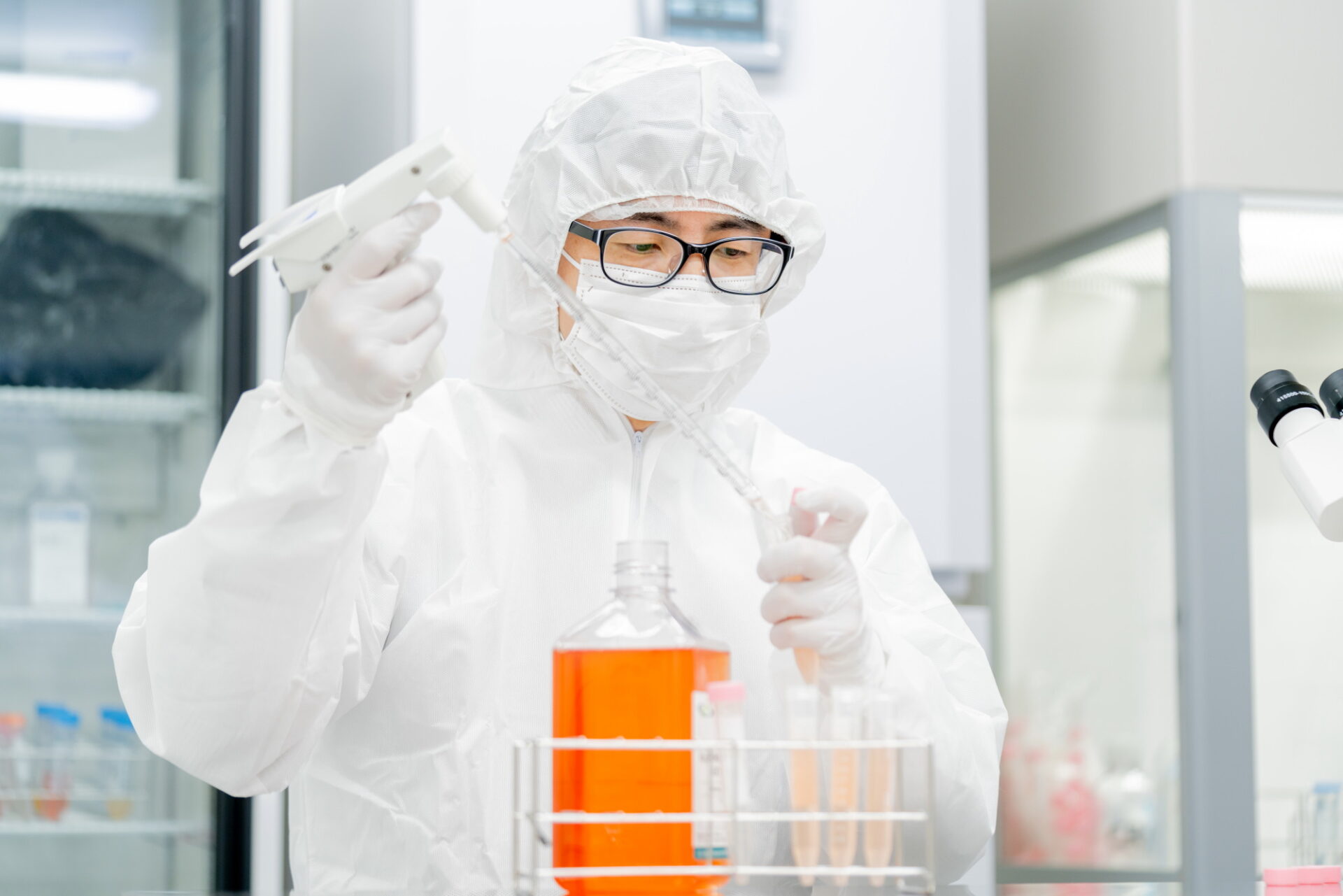
5Star Medical Club Approach
At 5Star Medical Club, treatments using stem cell culture supernatant are provided, focusing not solely on exosomes but on the diverse growth factors contained in the supernatant. The clinic has implemented the following measures to ensure safe and effective treatments:
Strict Selection of Donor Cells
5Star Medical Club uses safe donor cells such as umbilical cord blood, placenta, amnion, and dental pulp stem cells. This ensures that the growth factors, including exosomes, do not carry adverse information. For example, stem cells derived from babies are used to minimize the risks associated with donor cells.
Thorough Legal Compliance and Safety Management
While stem cell culture supernatant and exosomes are considered research materials, 5Star Medical Club enforces strict self-regulation, conducts endotoxin testing for each batch, and manufactures under ISO5 or GMP standards in a controlled processing center. Additionally, as a medical institution meeting regenerative medicine facility standards, the clinic employs doctors and staff with sufficient knowledge and emergency response capabilities for cellular therapy.
The Future of Exosomes and Growth Factors
Exosomes and growth factors are expected to play vital roles in the fields of beauty and regenerative medicine in the future. However, it is essential to use them safely and effectively with accurate information. Avoid being misled by excessive advertising or misinformation, and receive proper treatment from a trusted medical institution.
Advancements in Research and Potential Applications
Research on exosomes and growth factors is progressing, and in the future, they may address more diseases and cosmetic needs. For example, exosome-based therapies for cancer and immune disorders are anticipated. Additionally, combined treatments incorporating growth factors are being studied, which may further enhance treatment outcomes.
Enhancing Safety and Regulatory Standards
In the application of exosomes and growth factors, it is crucial to enhance safety and regulatory standards. Proper quality control and clinical trials are necessary to establish safe and effective treatments. Furthermore, providing appropriate information and education to consumers is also important. Medical institutions and manufacturers should provide scientifically grounded information and avoid creating unrealistic expectations.
Summary of Exosomes
Exosomes and growth factors are attracting attention in beauty and regenerative medicine, but their effects and safety require proper understanding. At 5Star Medical Club, we provide treatments using stem cell culture supernatant, which contains a variety of growth factors, to ensure safe and effective results. We strive to provide treatments based on accurate information, so you can proceed with confidence. Please visit our page for more details on stem cell culture supernatant treatments:


